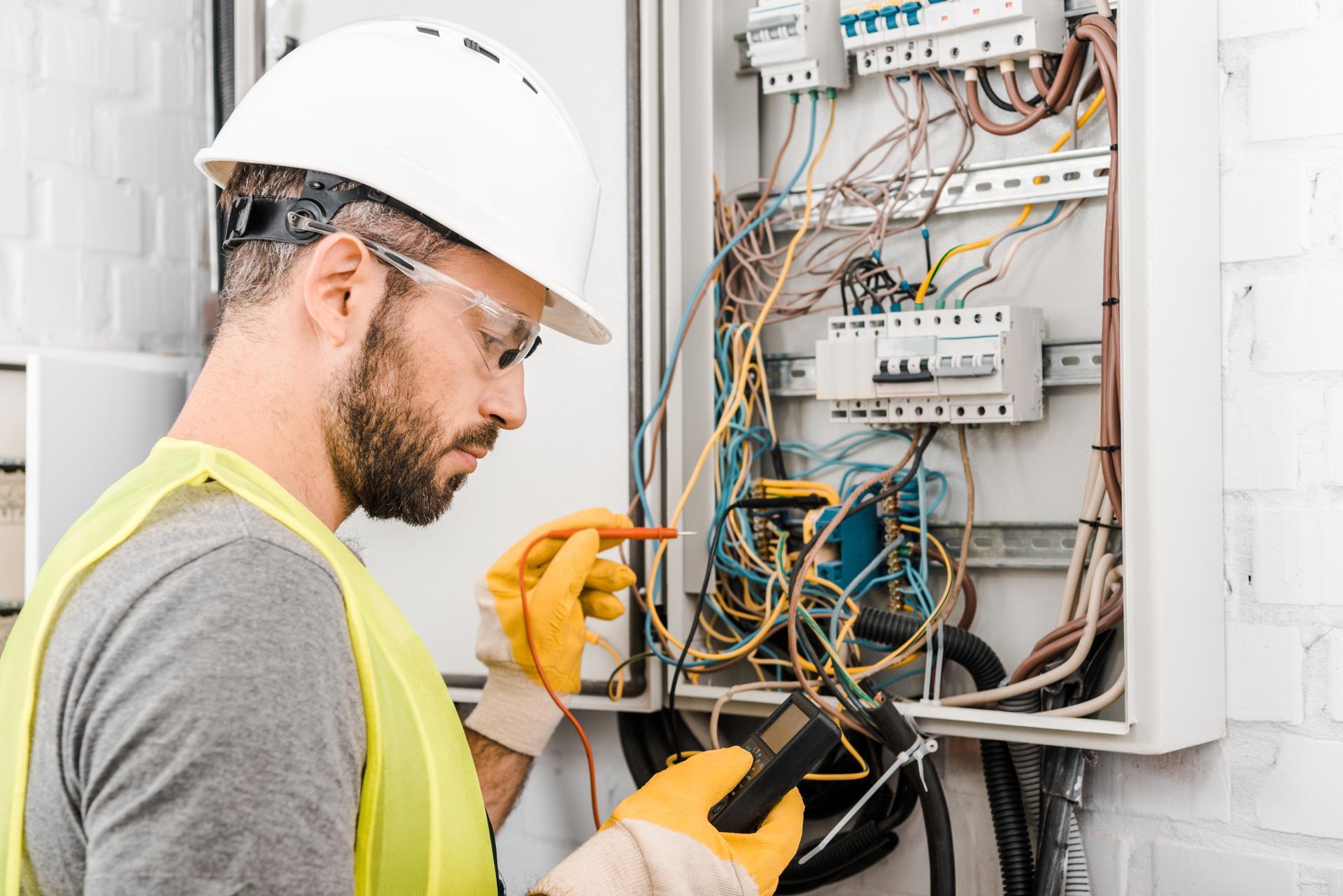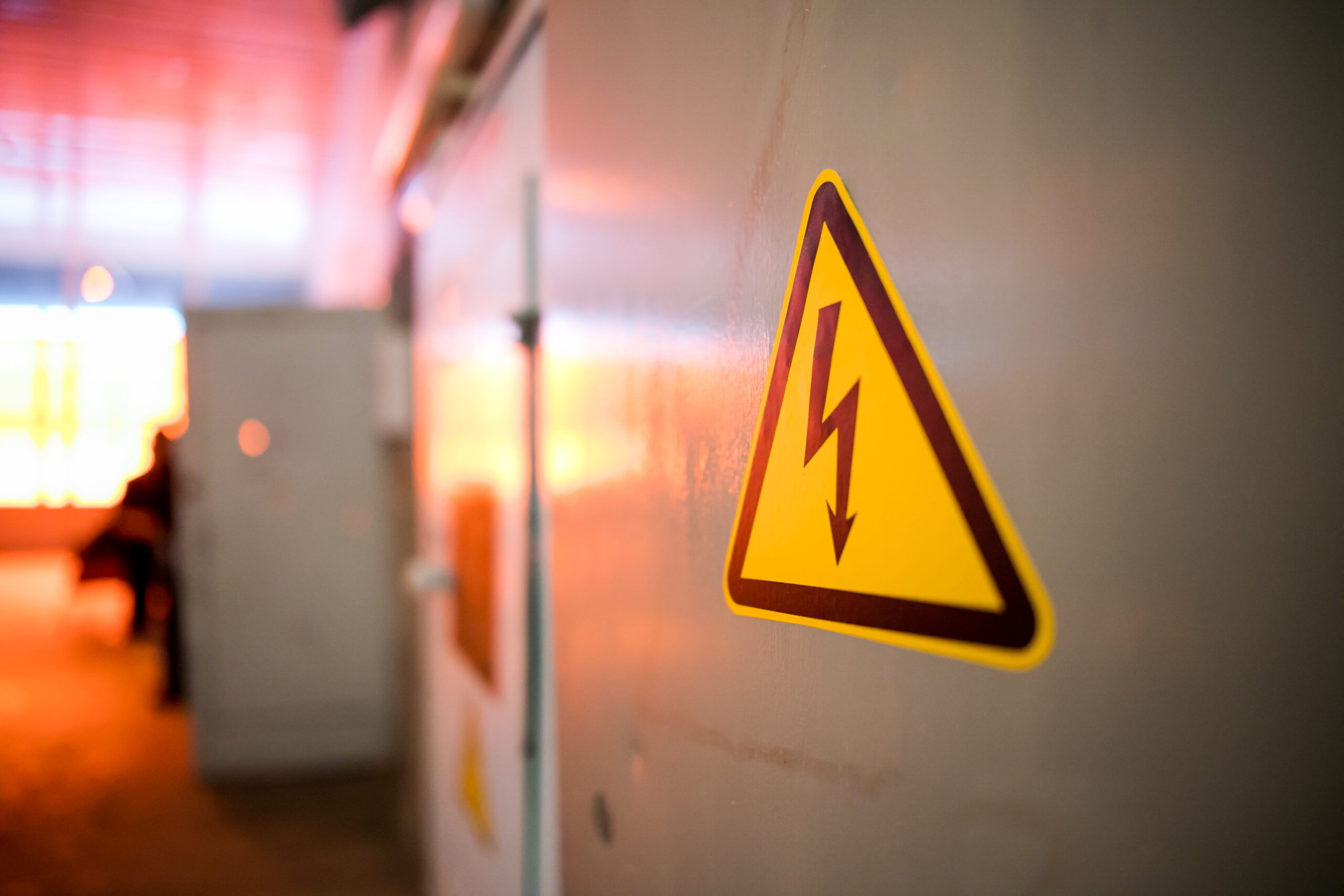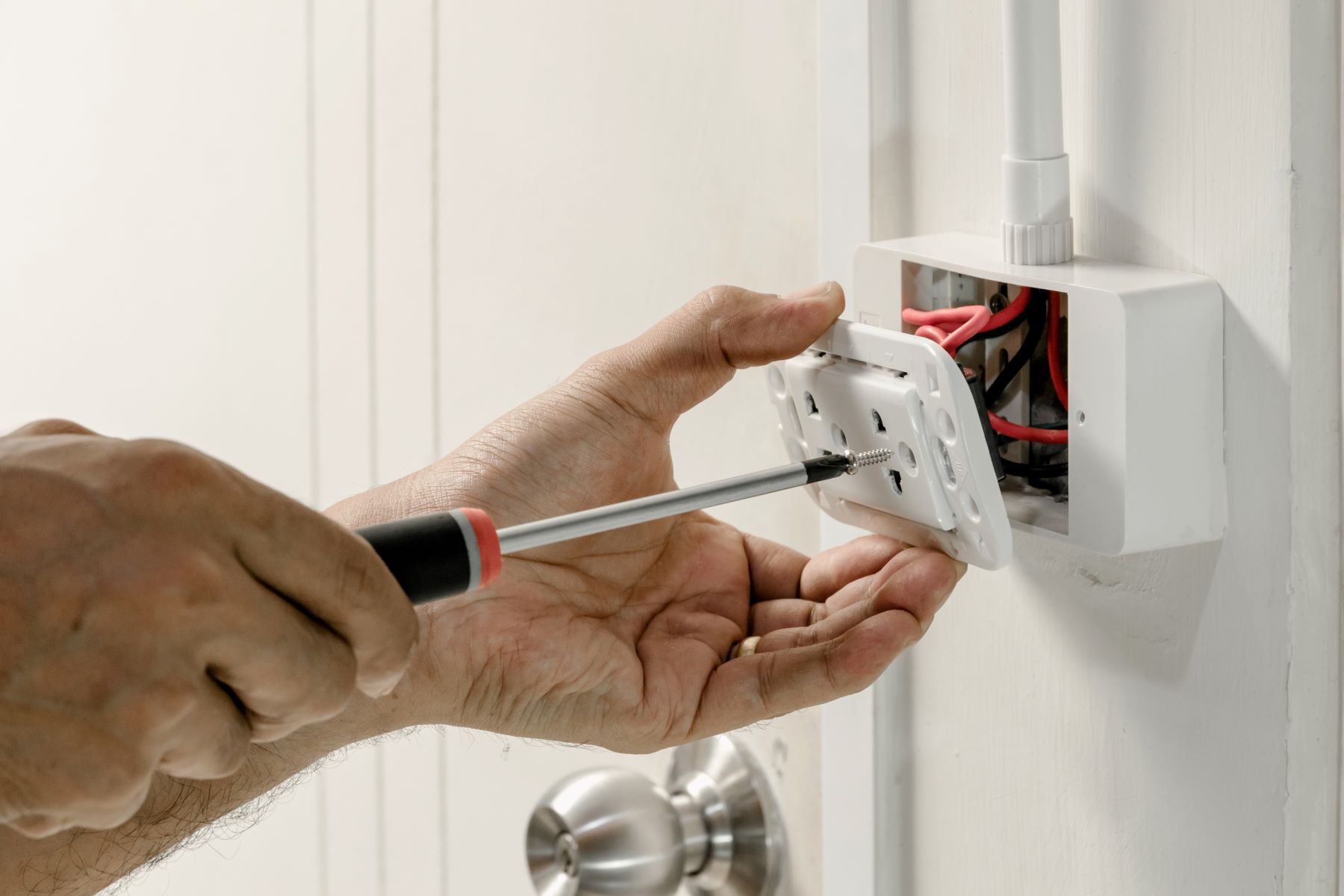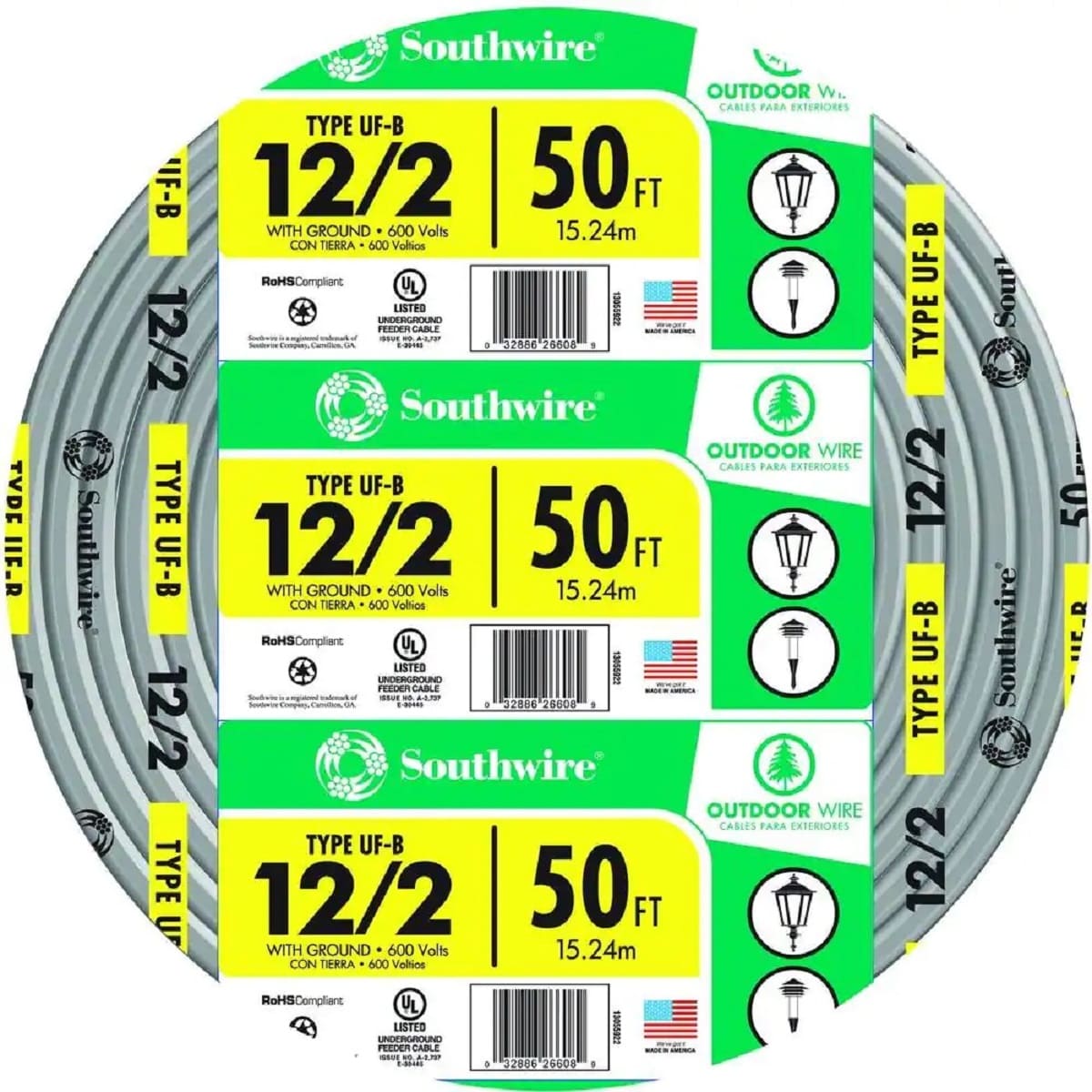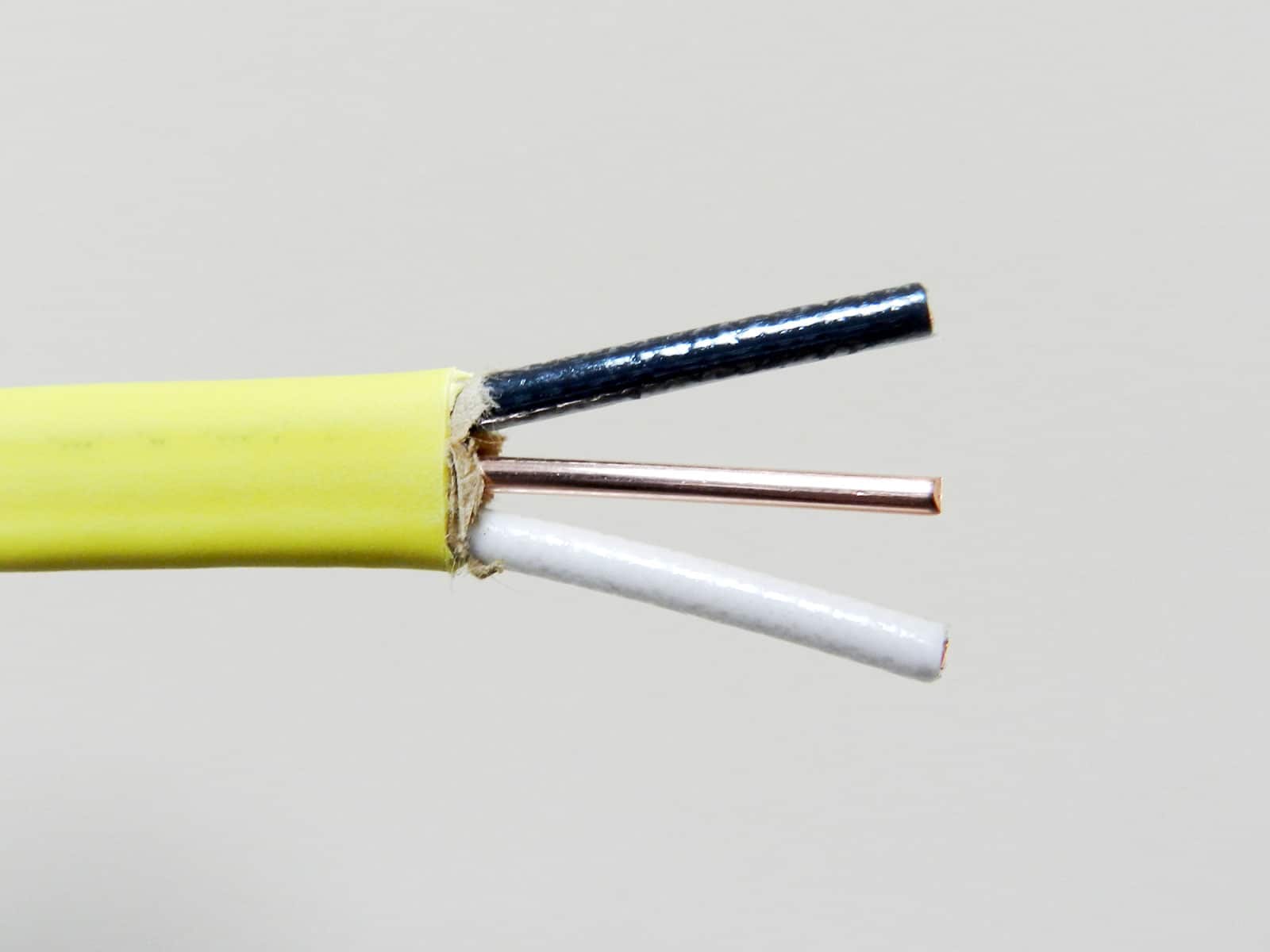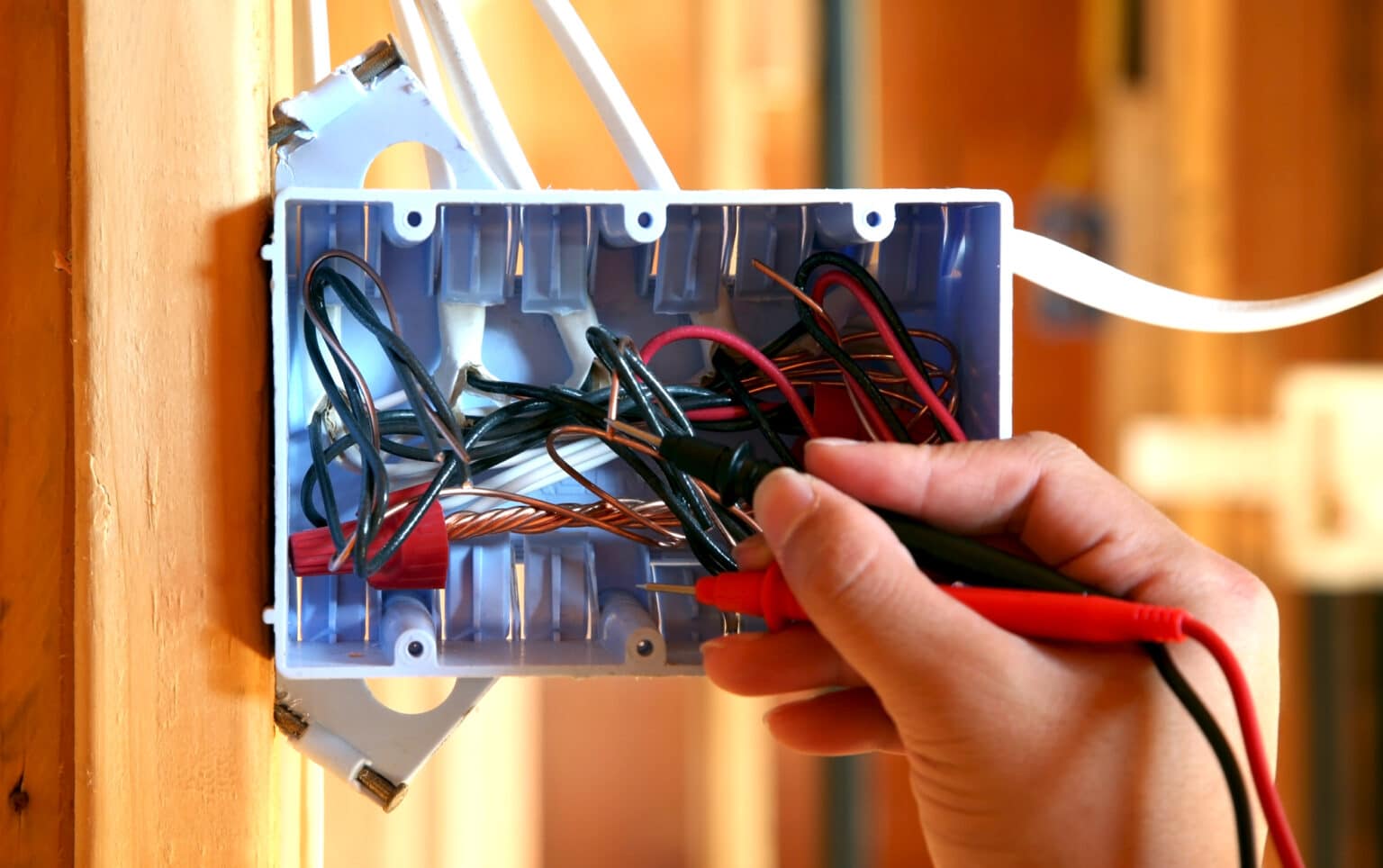Home> Electrical Codes
Electrical Codes: Ultimate Guide to Safety and Compliance
Unmask the mysteries of Electrical Codes. Expert insights into their purpose, application, and significance for safety and legal compliance!
Understanding Your Home’s Electrical System: Safety Tips
By: Sophia Turner • Ideas and Tips
Upgrading Your Home’s Electrical System: DIY Safety Tips
By: Emma Thompson • Ideas and Tips
What To Know About Light Switch Wiring Before Trying DIY Electrical Work
By: Isabella Mitchell • Articles
